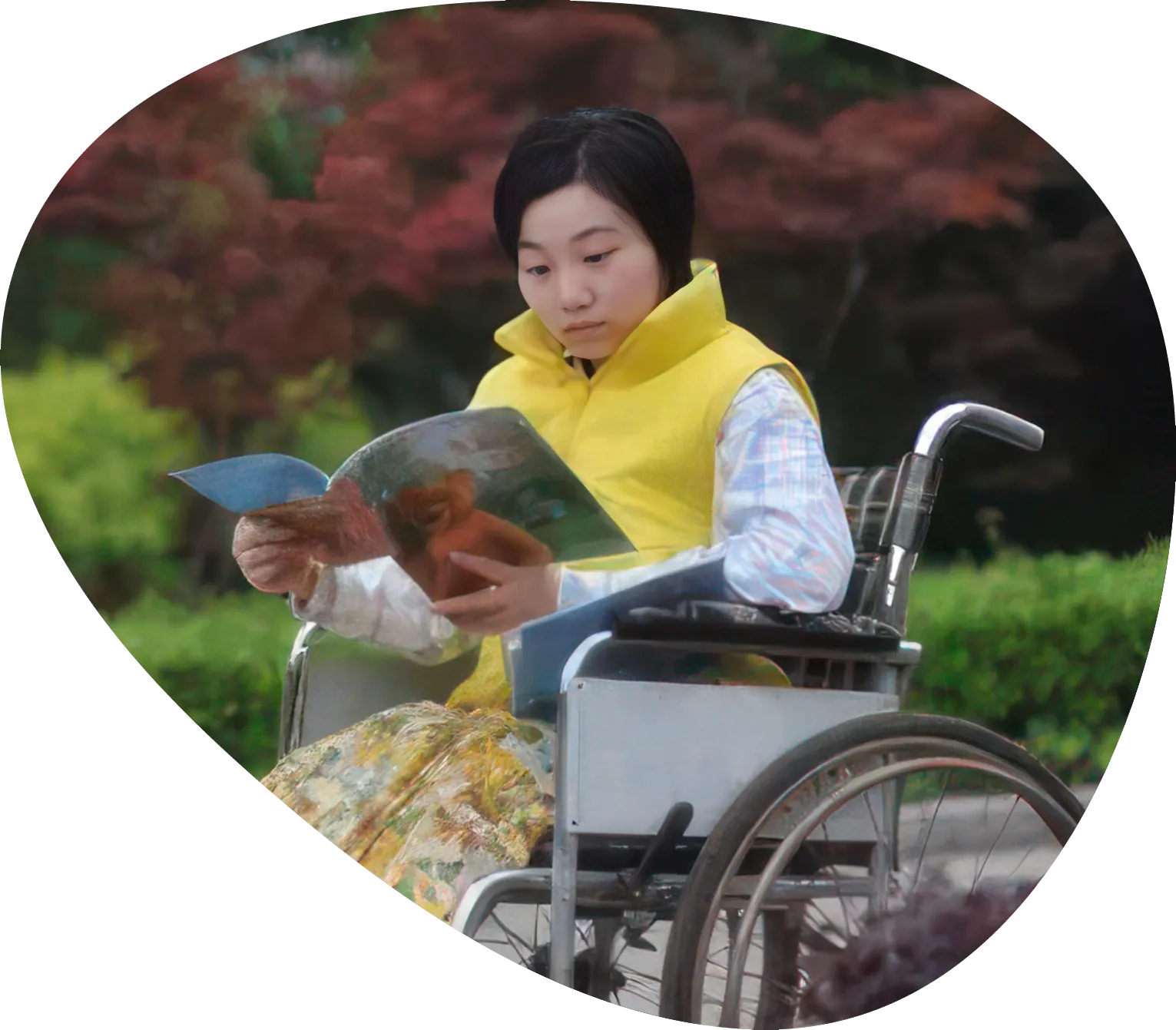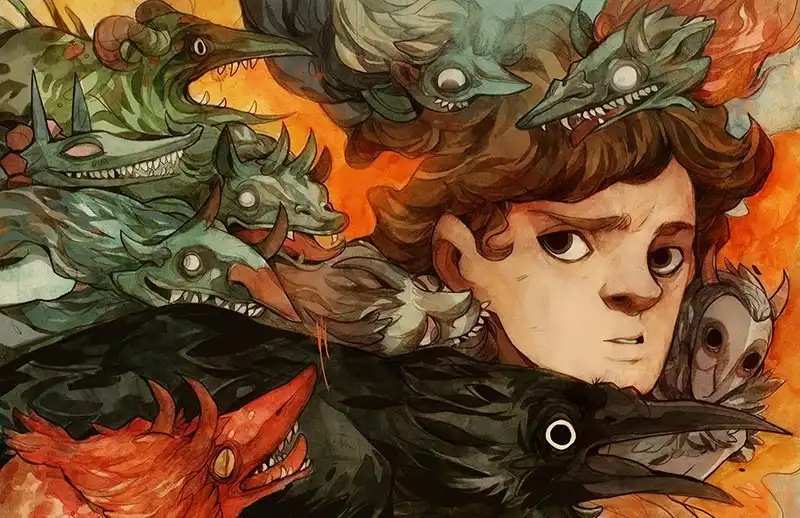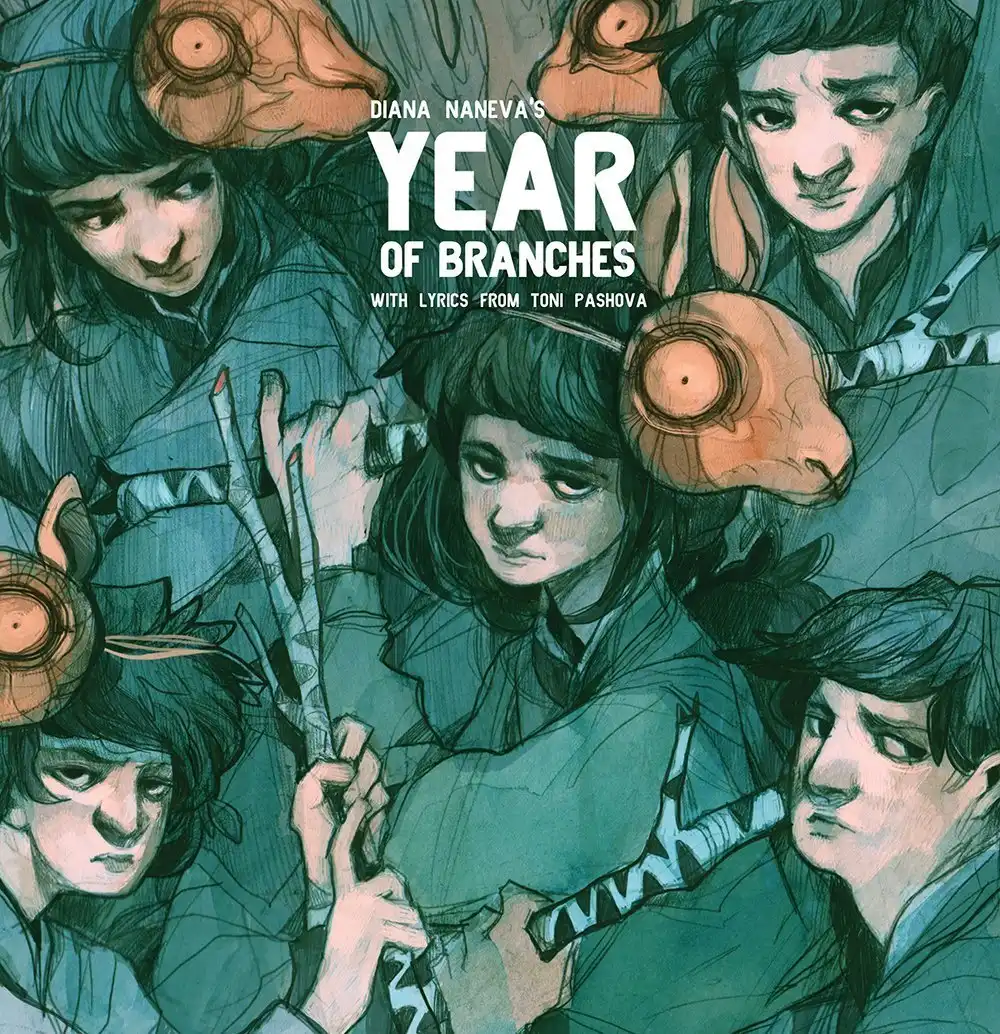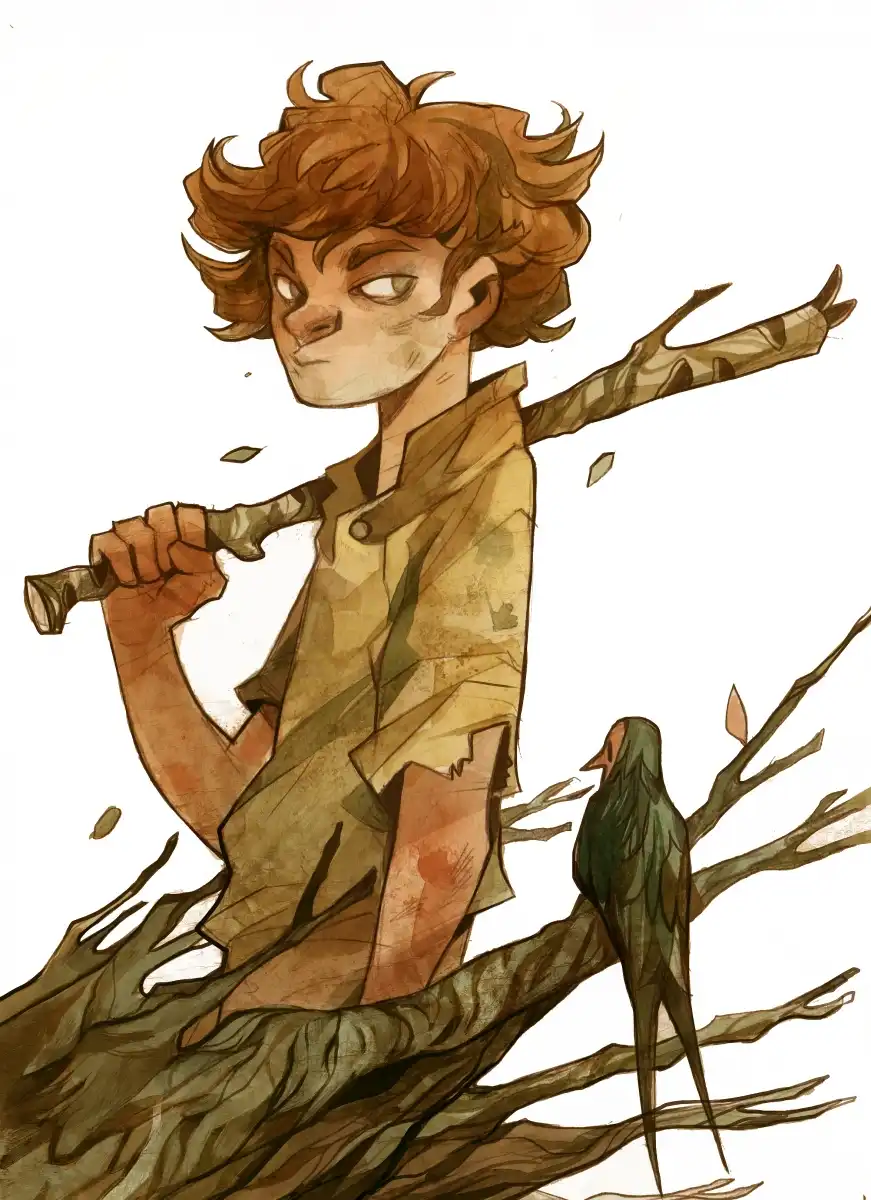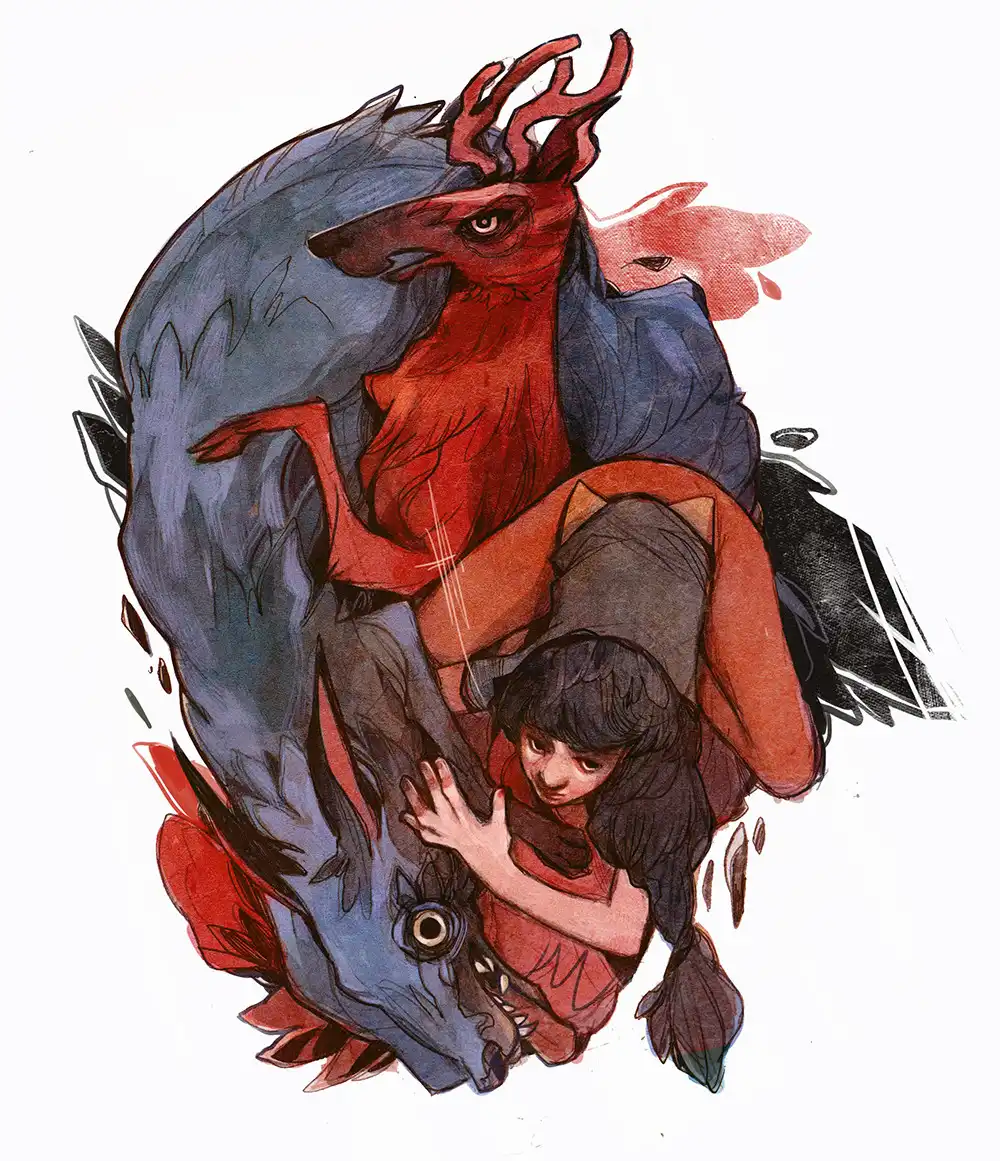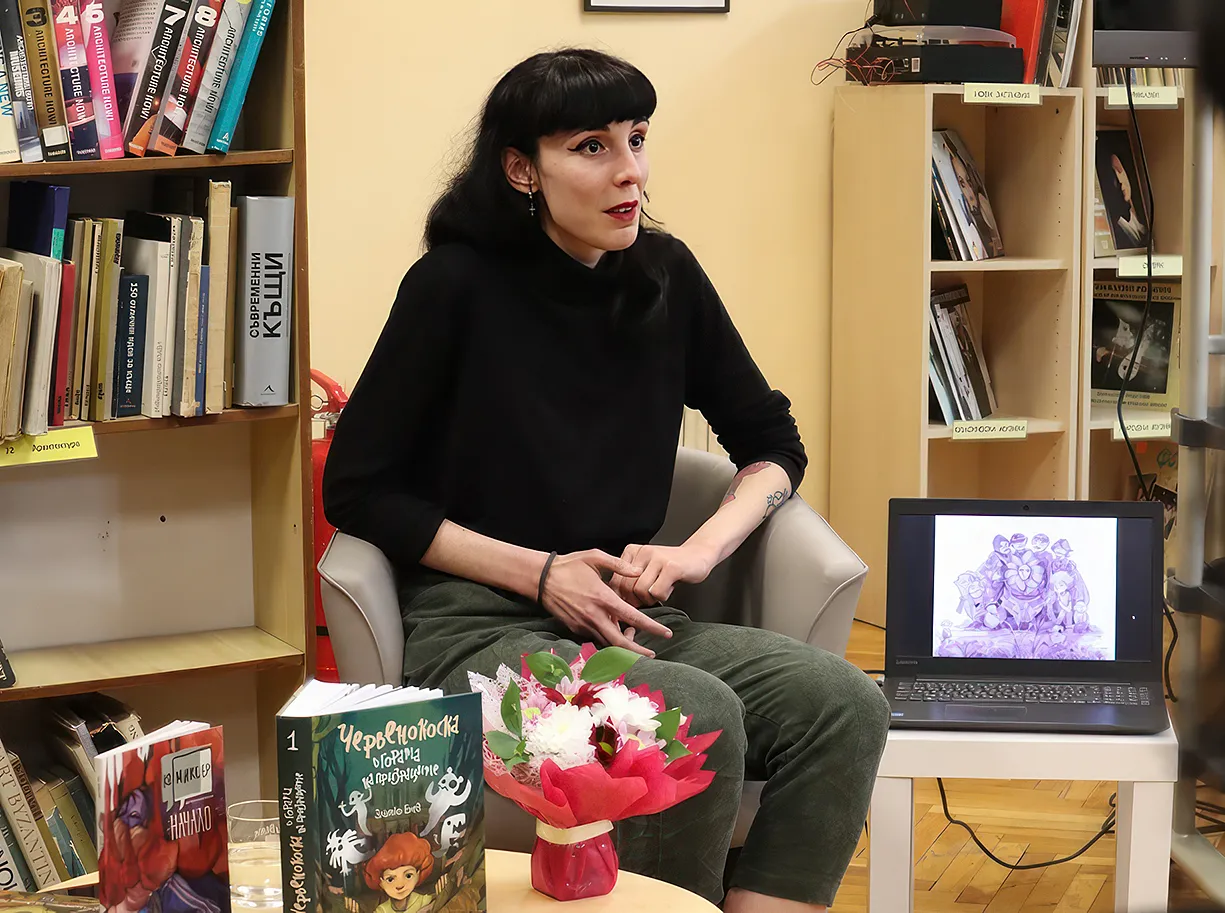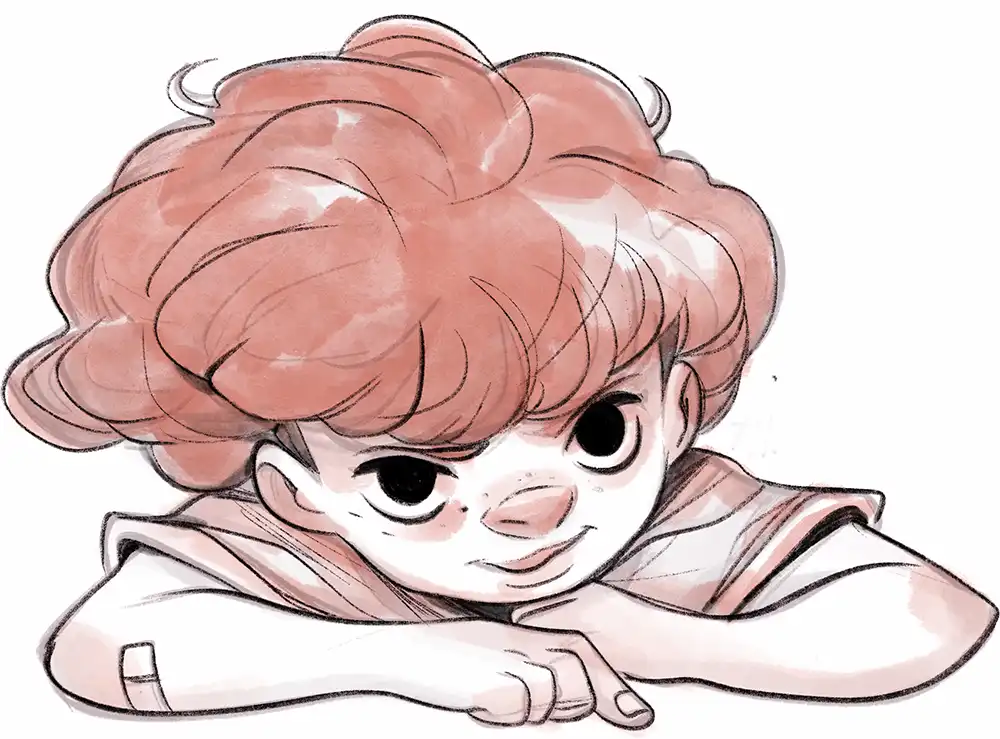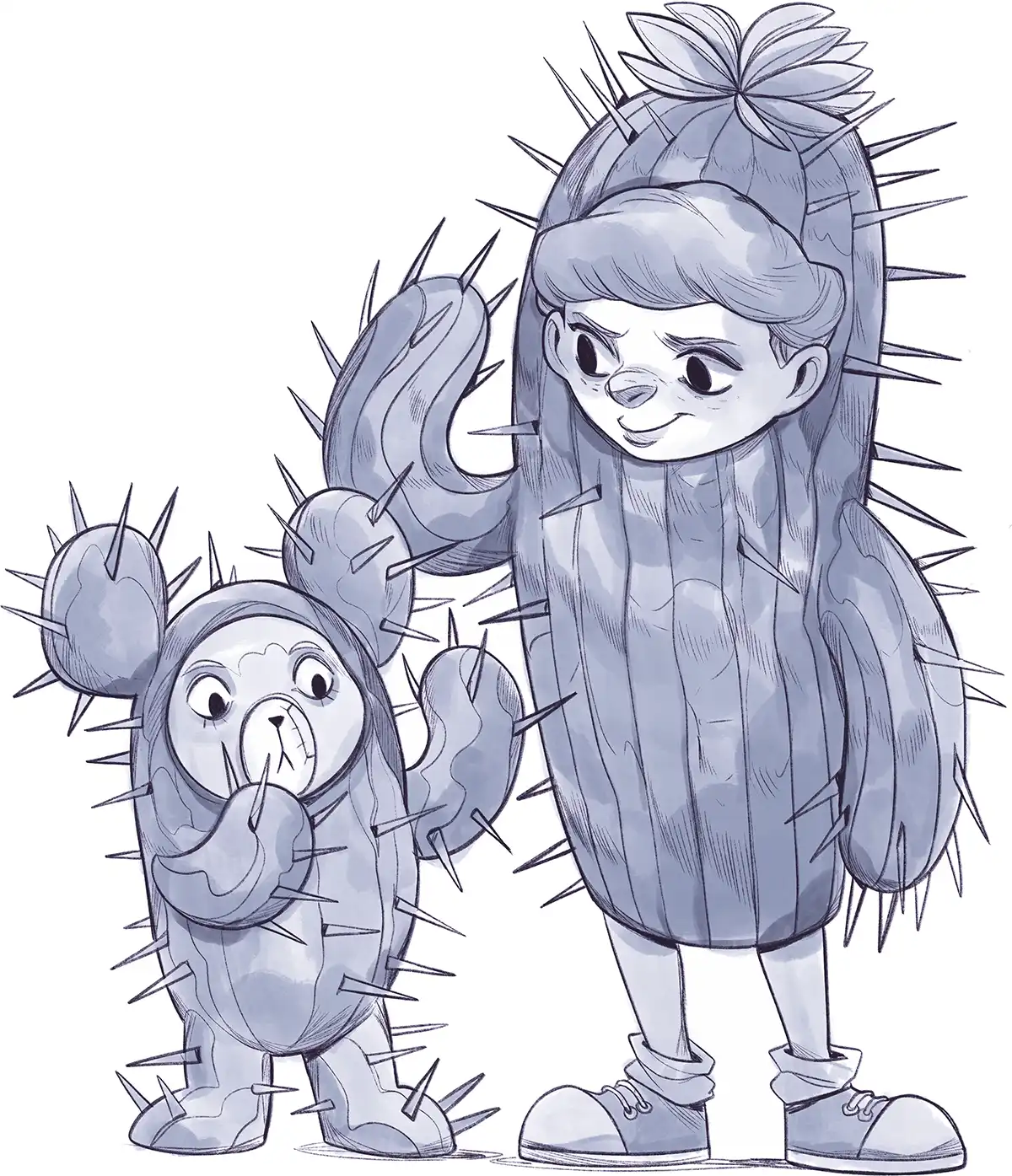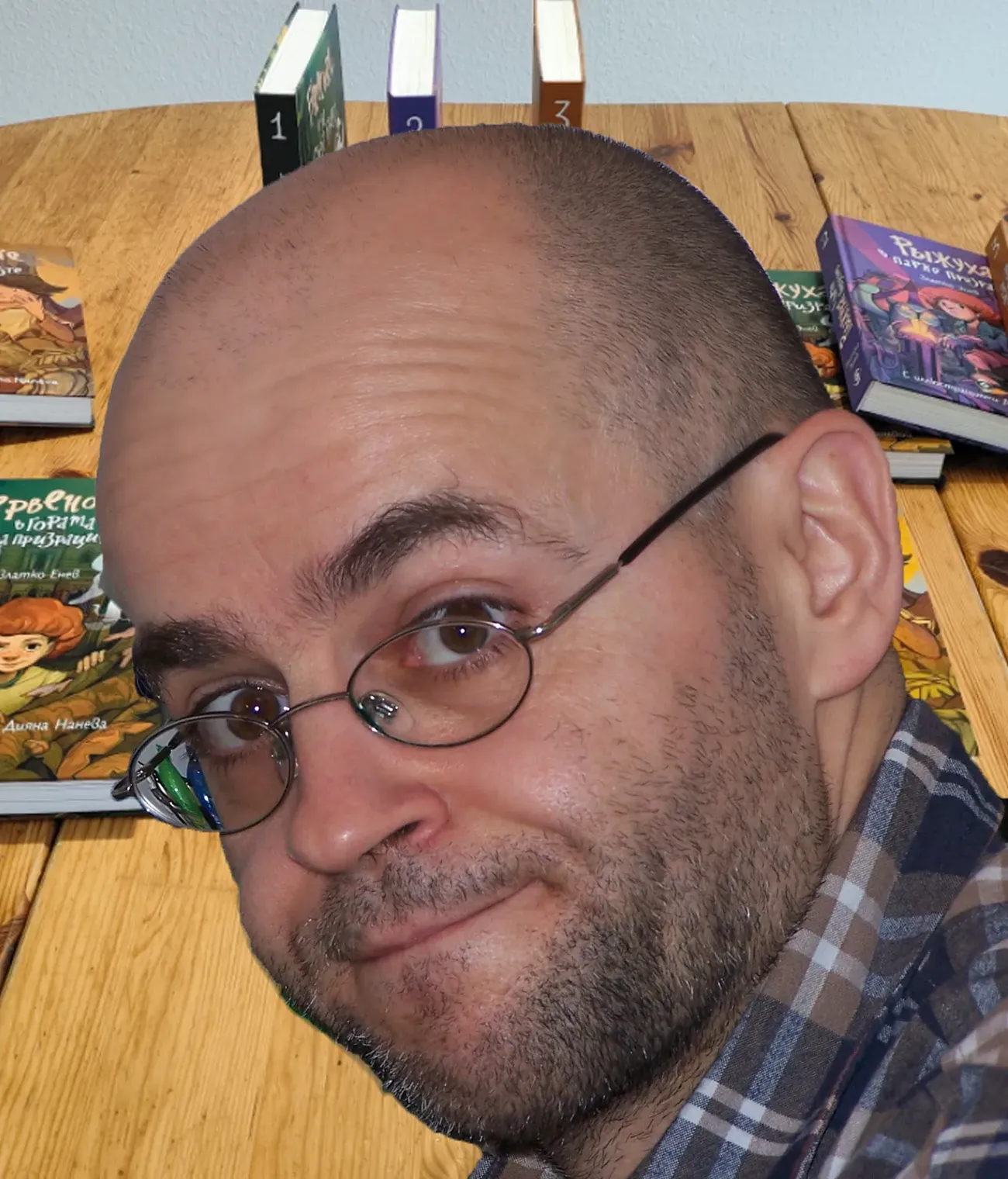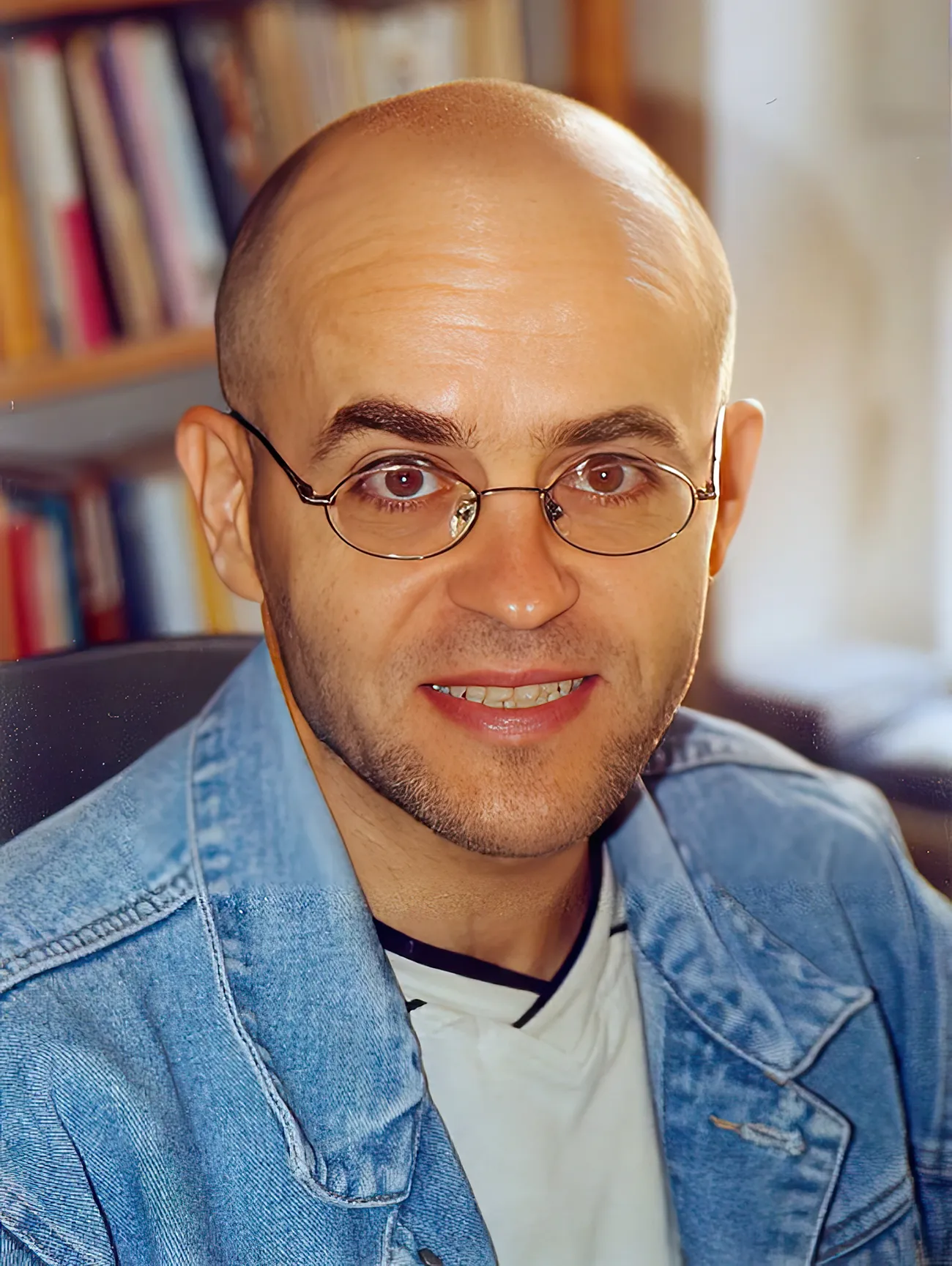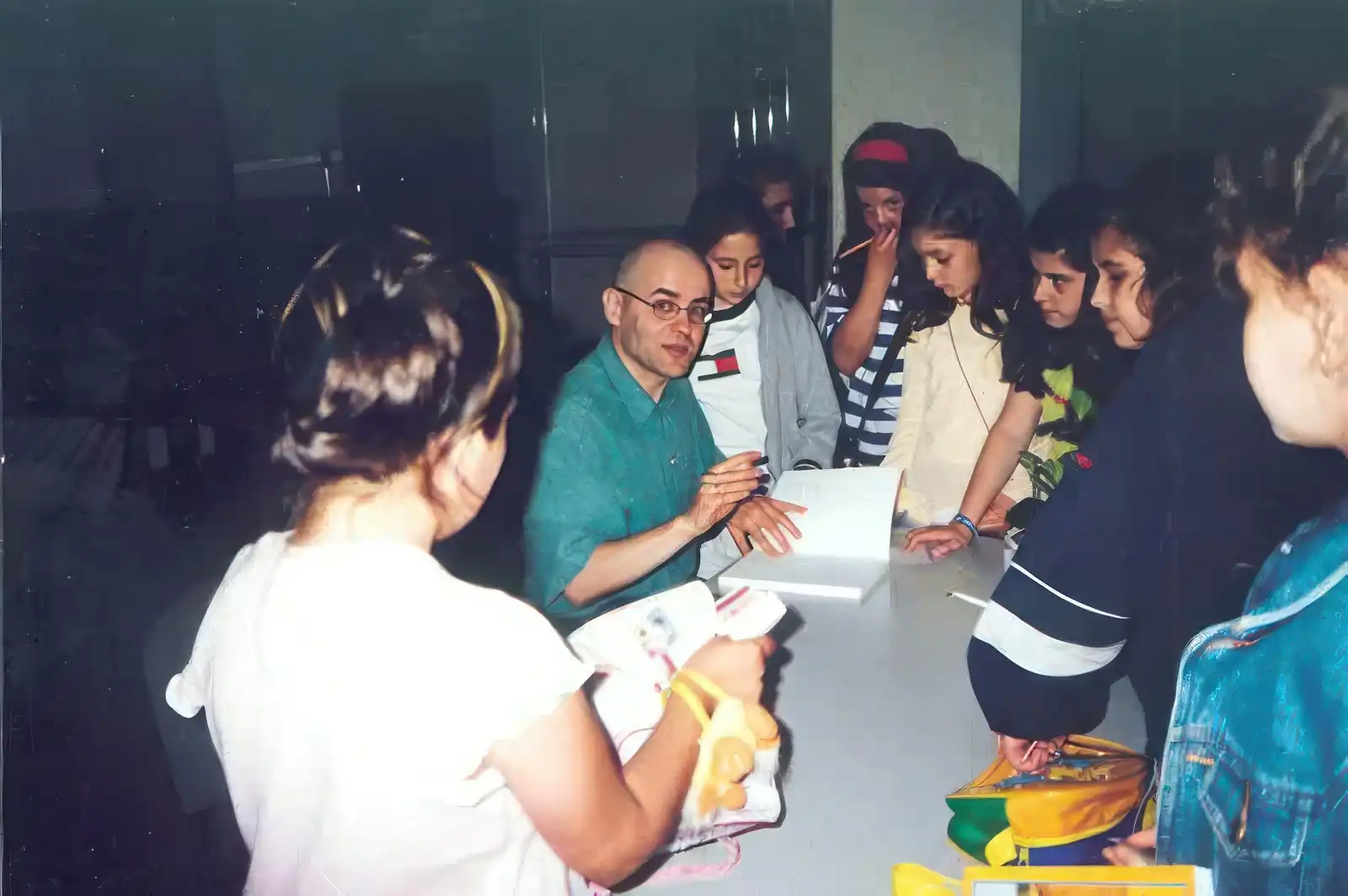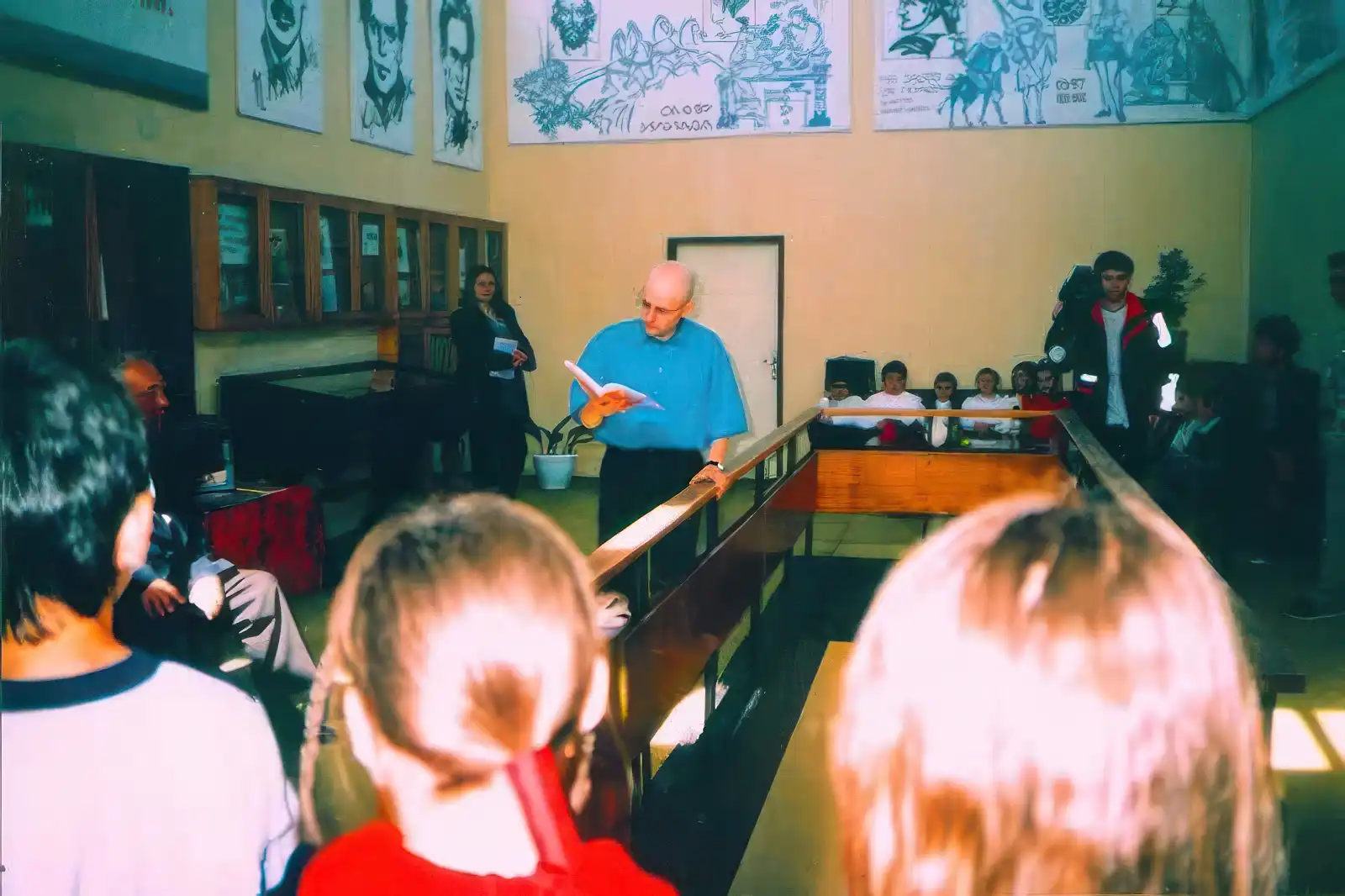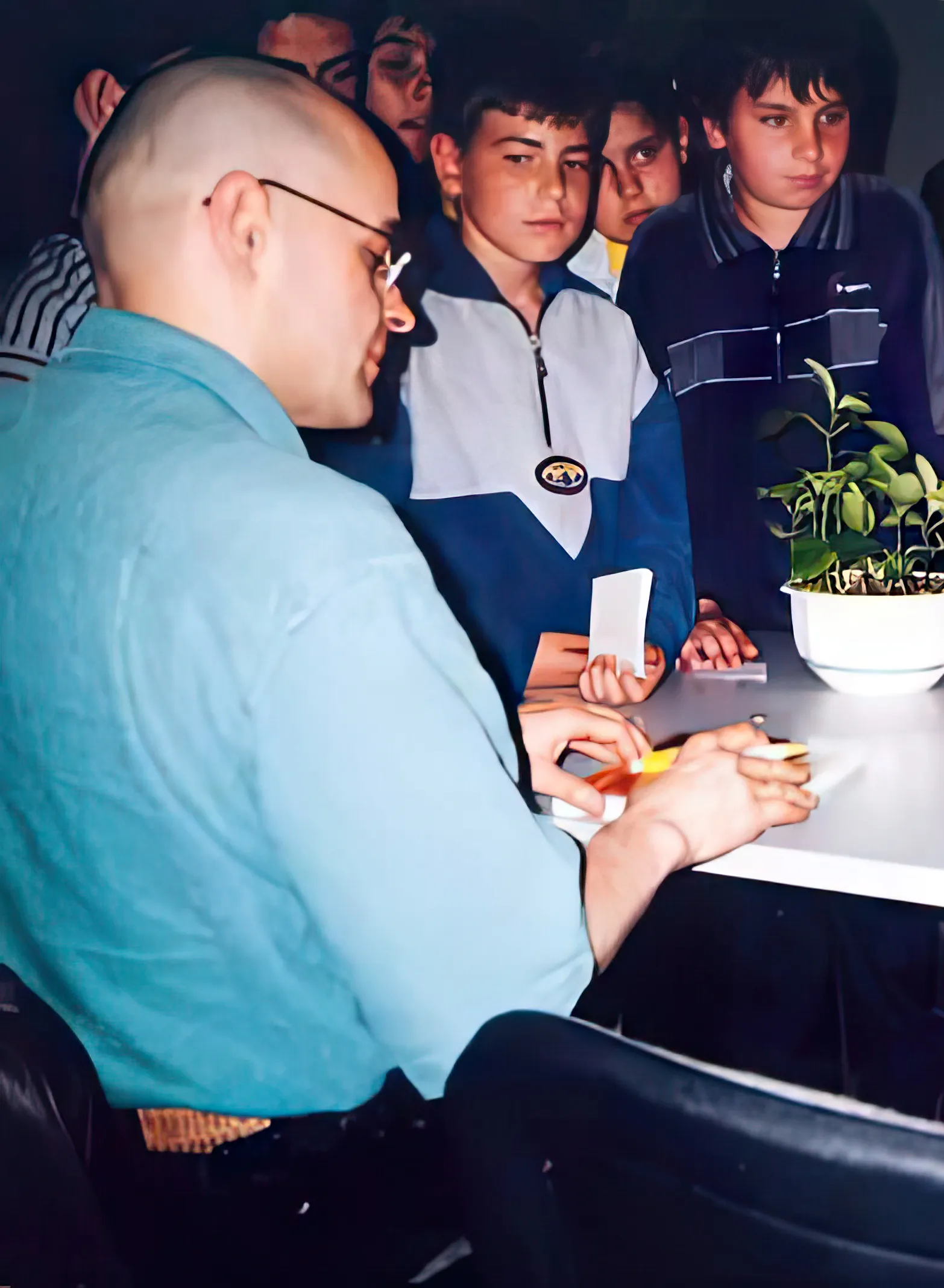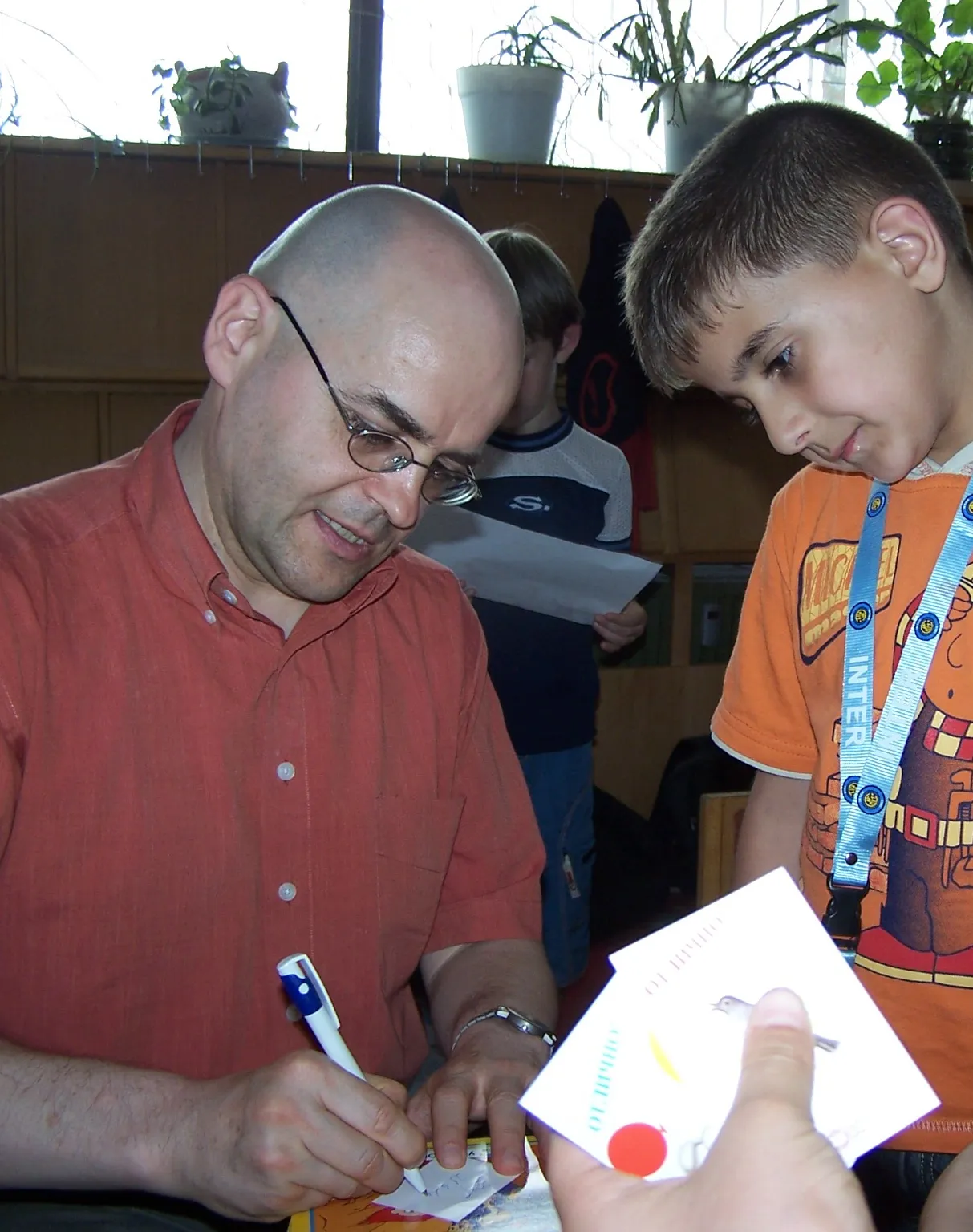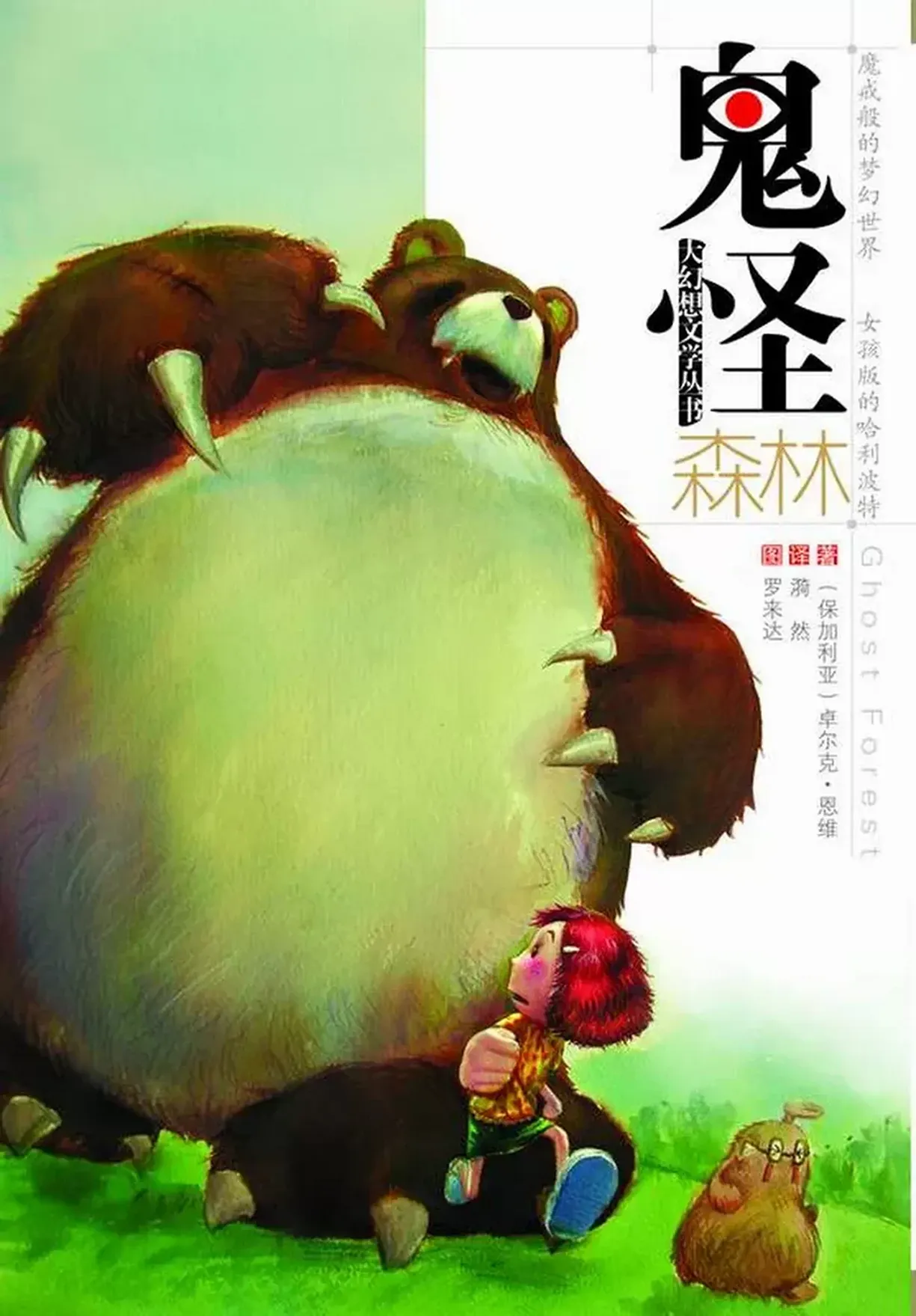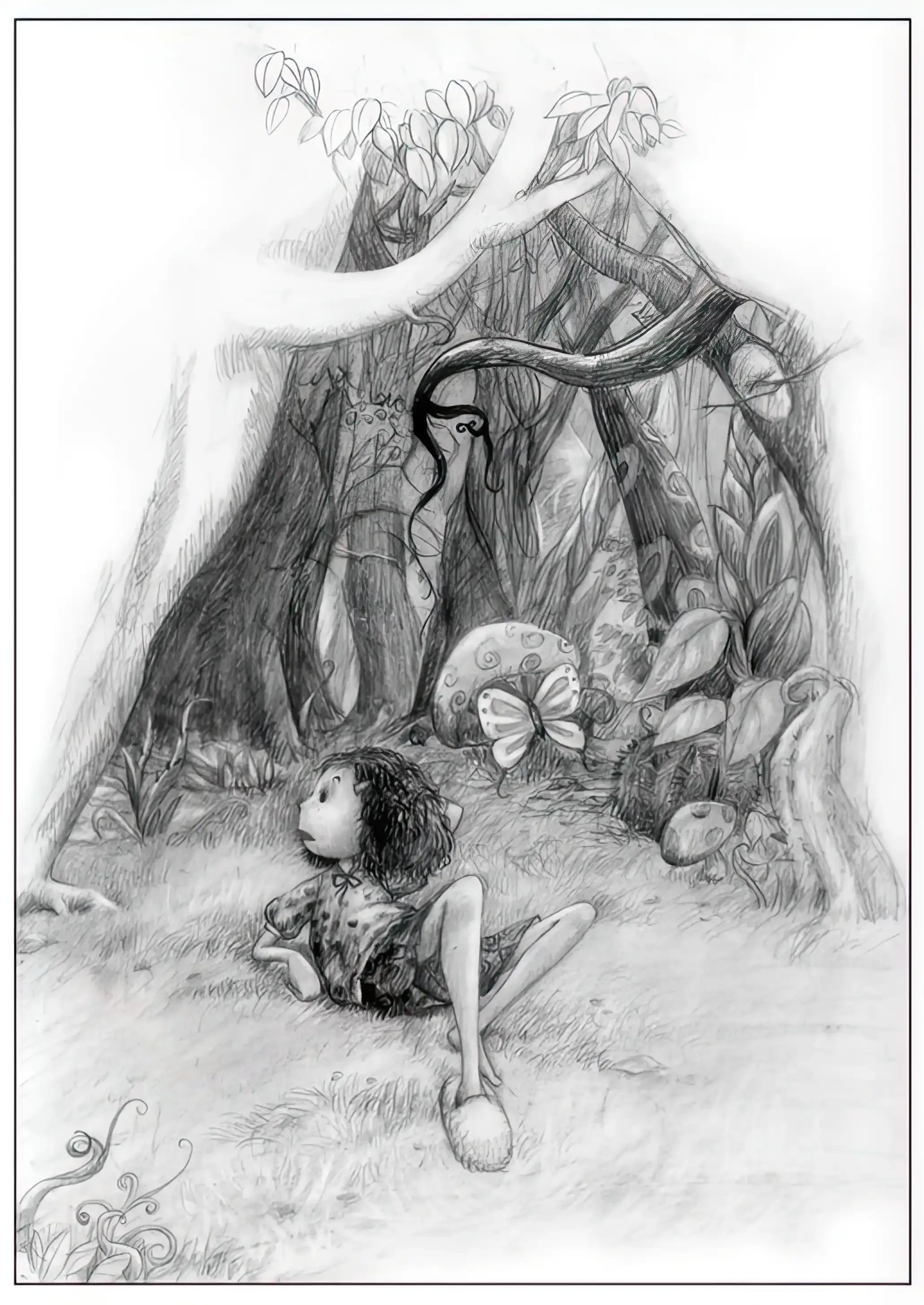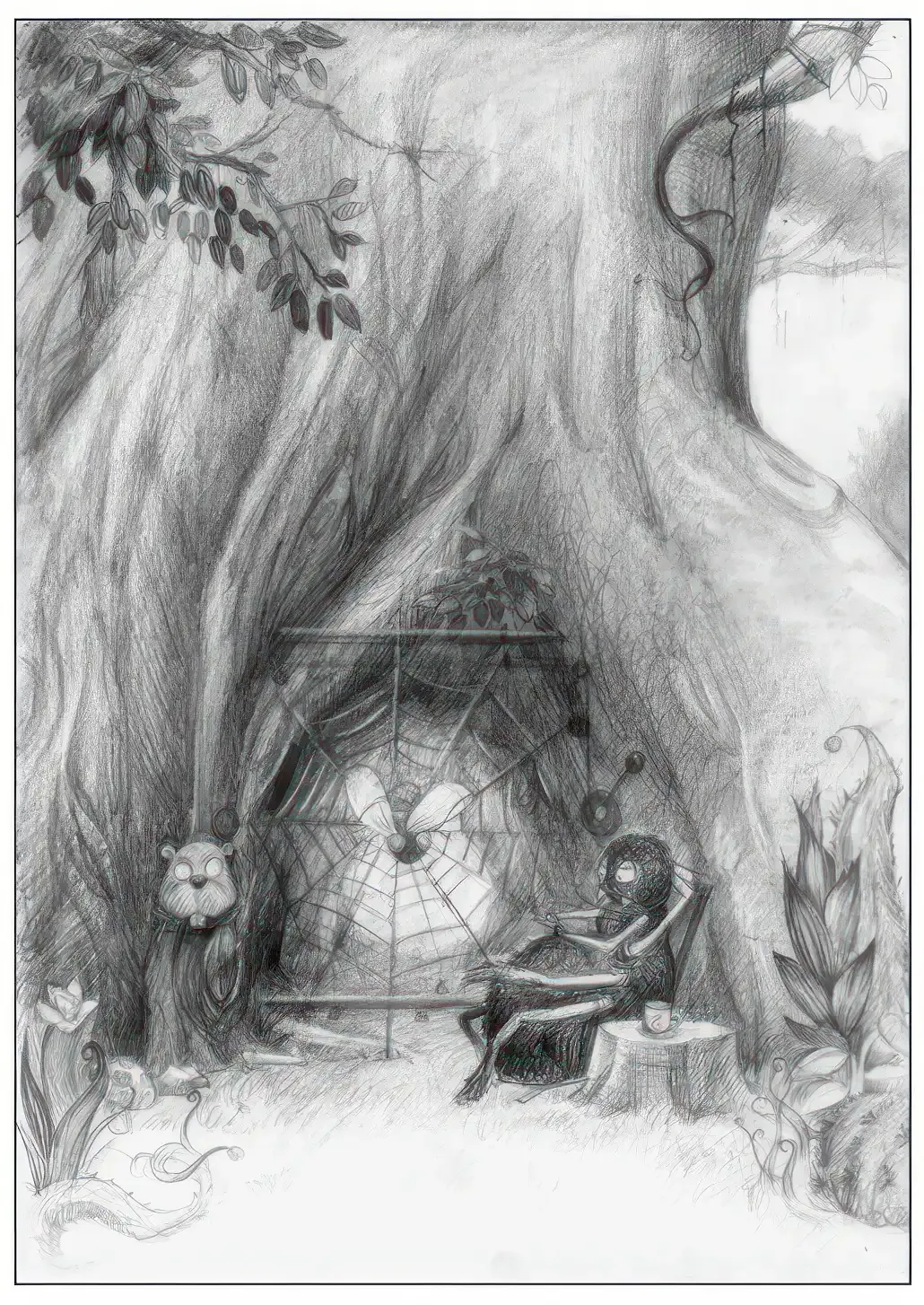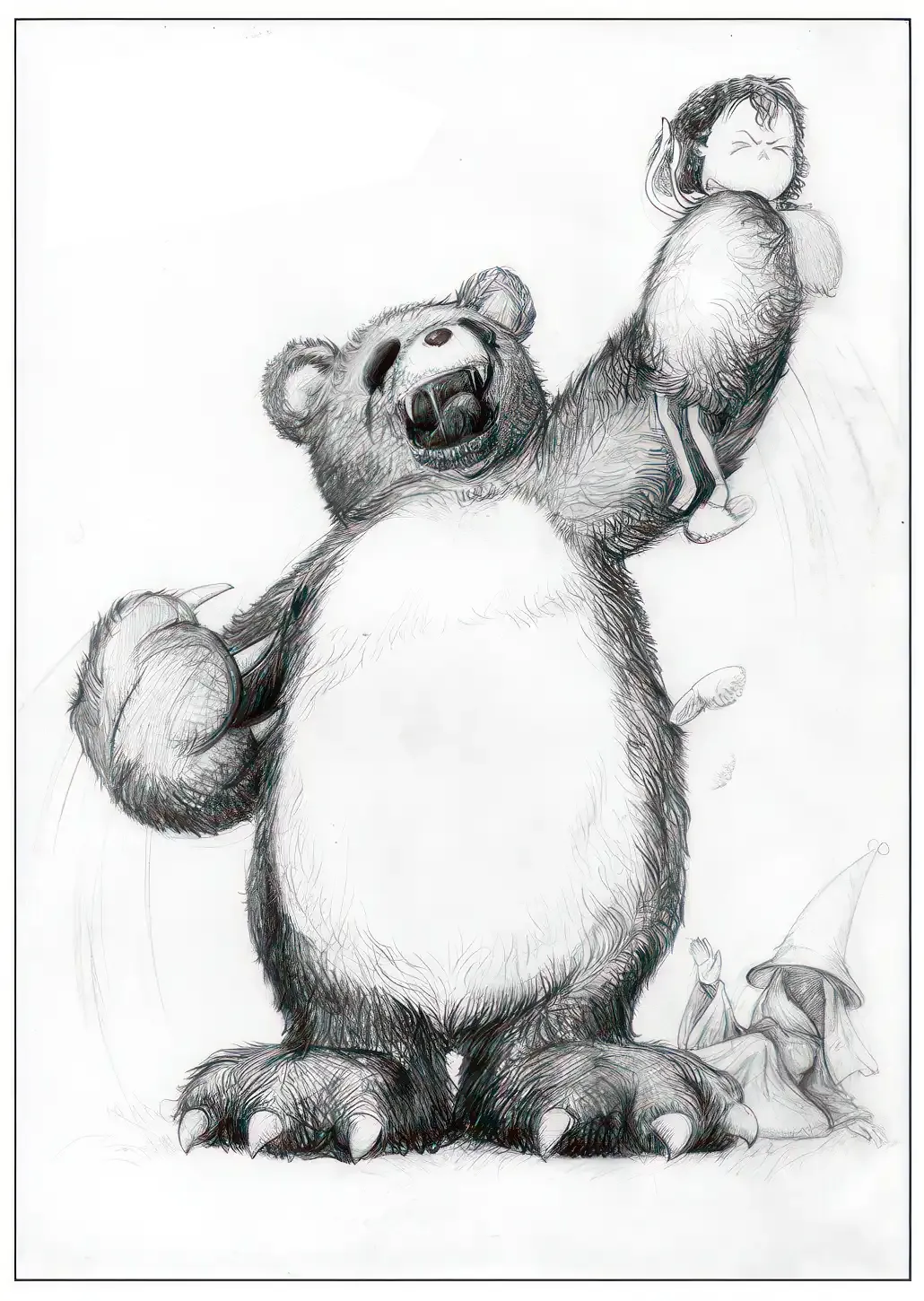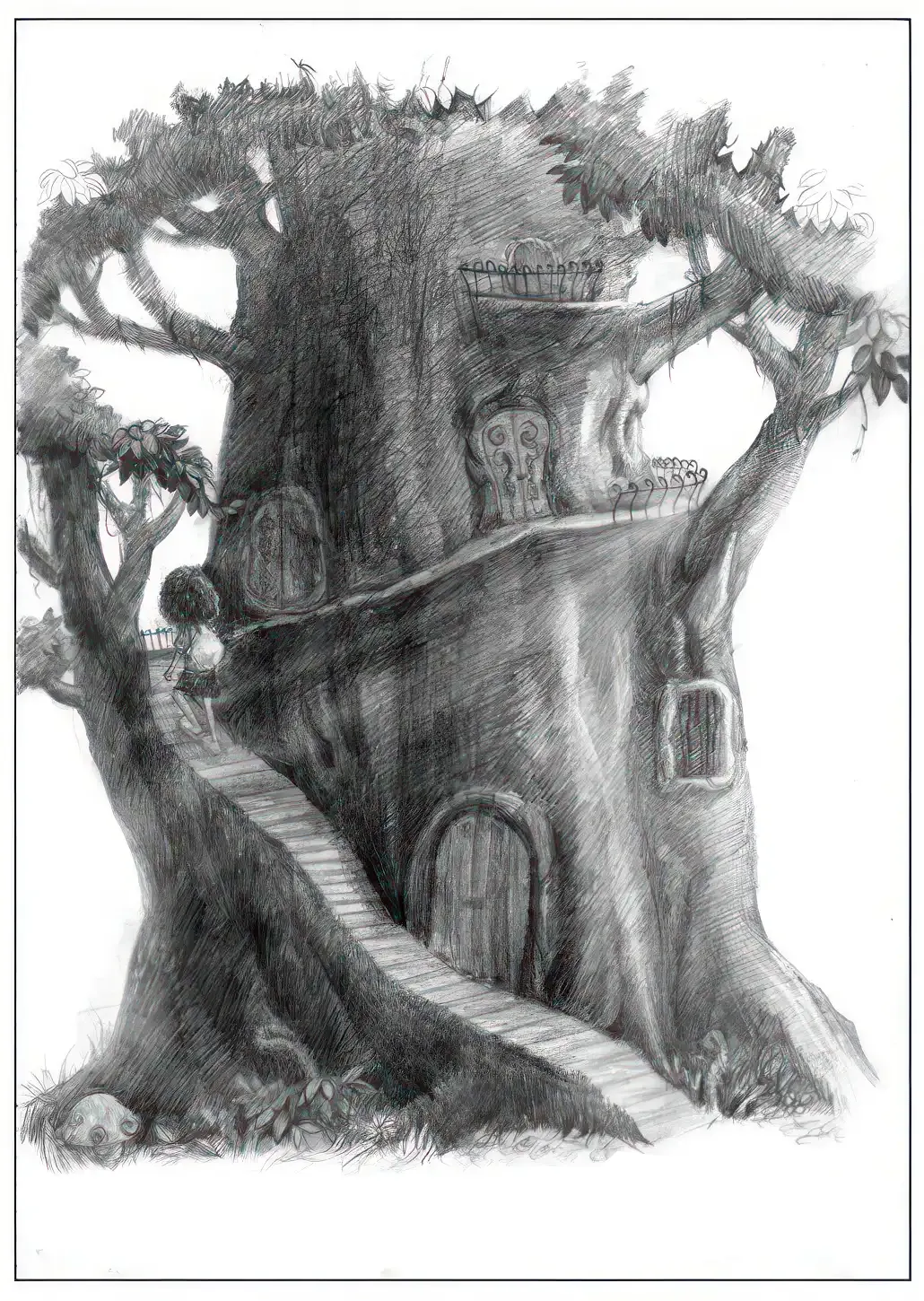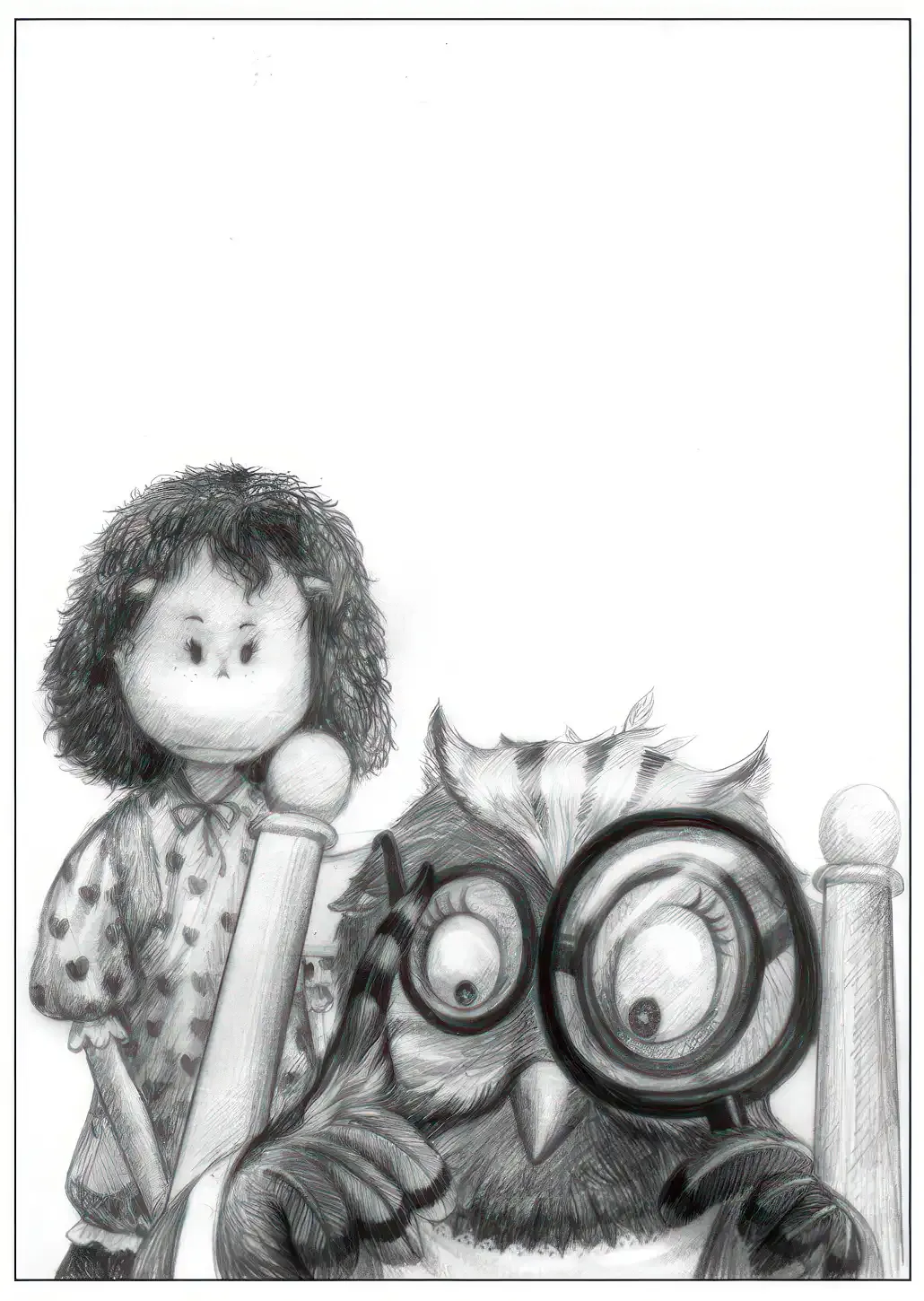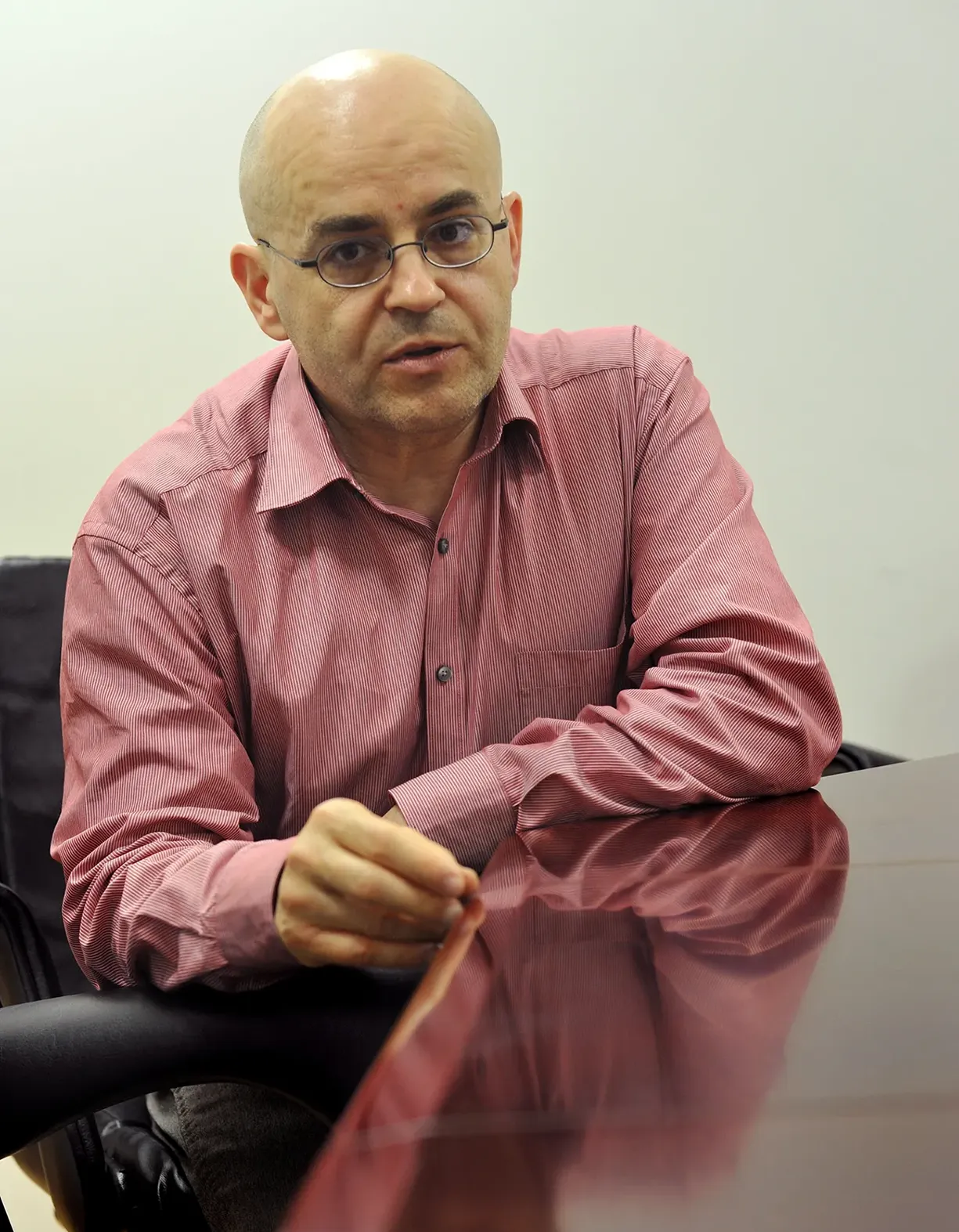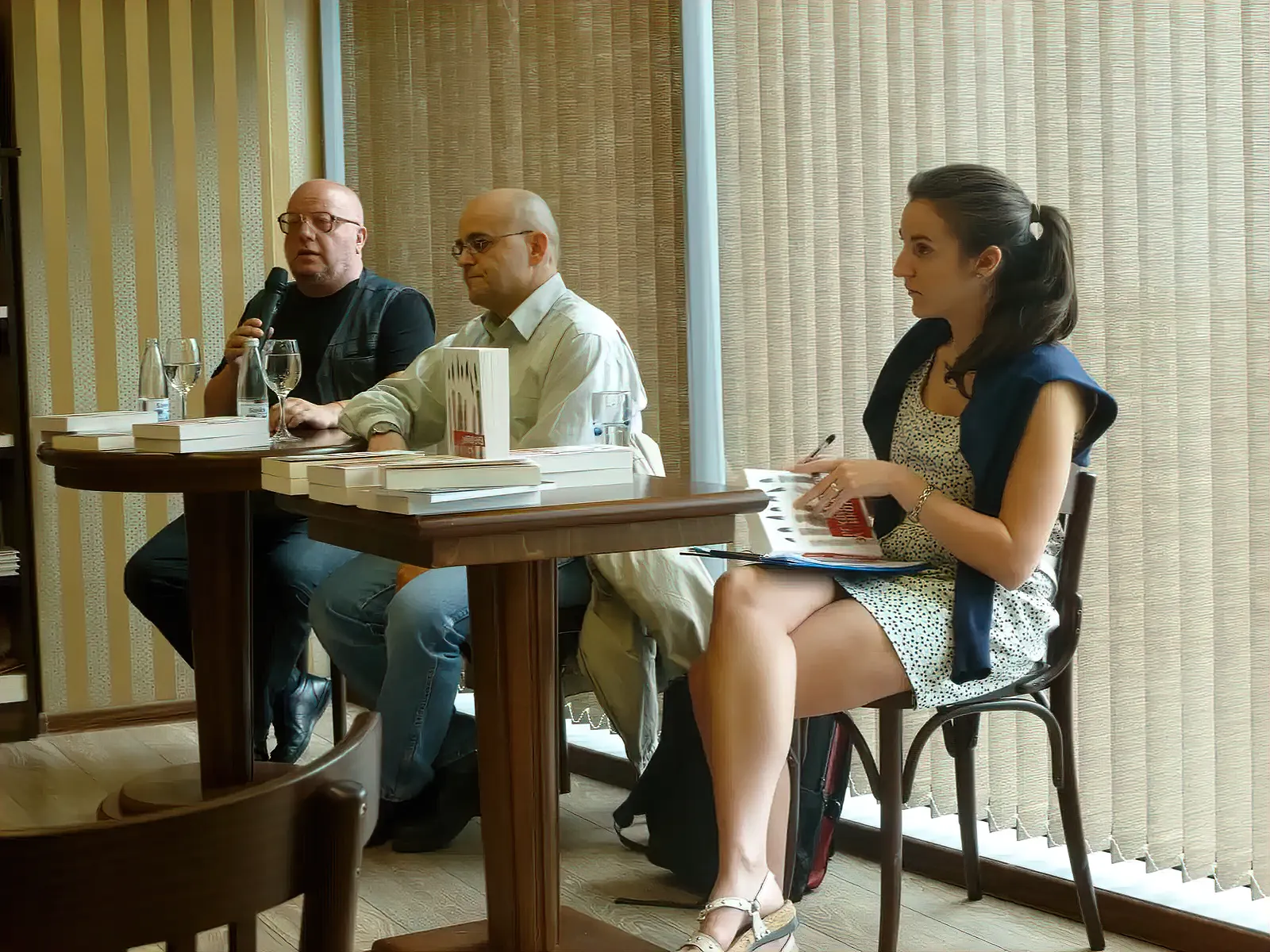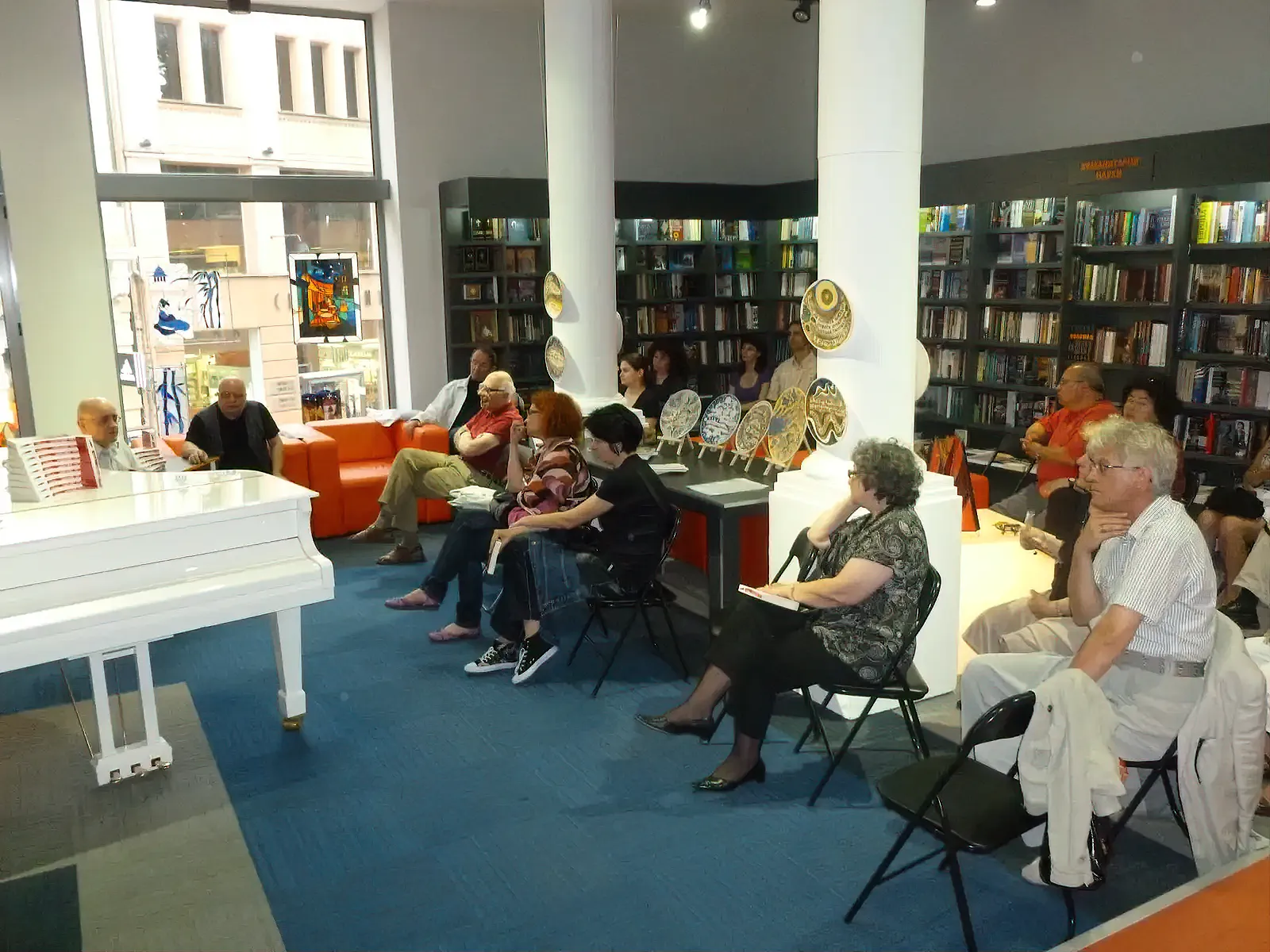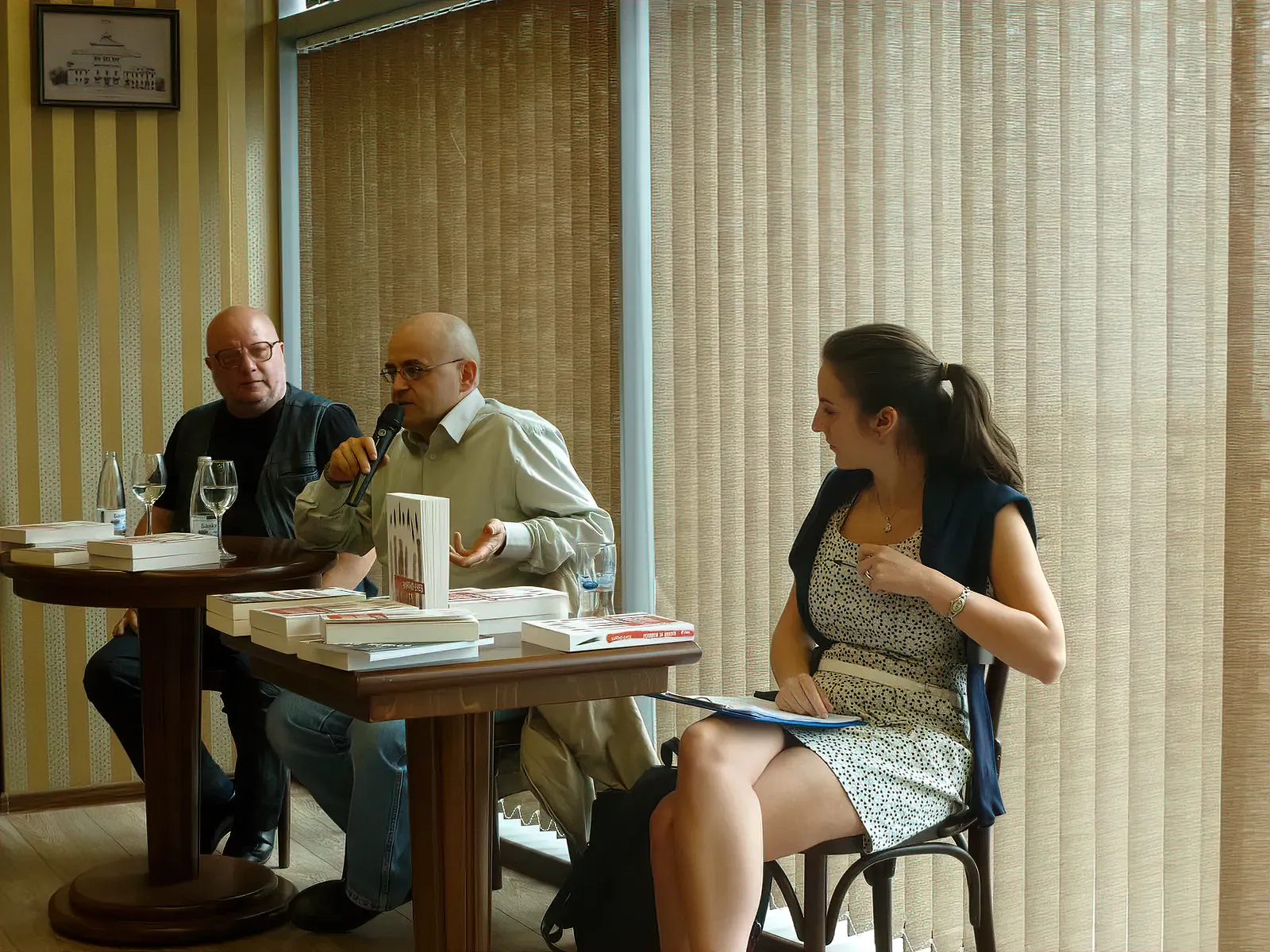On April 2, 1977, a girl was born. It is the birthdate of the Danish master of fairy tales Hans Christian Andersen and also International Children’s Book Day. Within the brief span of her 38-year life, this destiny would prove deeply symbolic.
In the autumn of 1980, while in kindergarten, Yui Ran refuses to nap and goes to play outside. As punishment, the teacher locks her in a dark, windowless room. When she is finally released, she can no longer stand steadily, collapses after a few steps — and never walks again...
Though unable to attend school, Yui Ran educates herself, studying all core subjects from elementary through university level. She masters several foreign languages, including English, German, and French. At the age of 14, she begins writing professionally, as well as translating, leaving behind over 200 works, including The Season Quartet, The Princess Without Worries, The Taste of the Moon, and The Extraordinary Camella.
In addition to founding an organization that promotes children’s reading, called “Little Library – The World of Children’s Literature,” she conducts training sessions for reading advocates. Until her last breath, she remains true to her dream.
“We write to inspire. We share knowledge to change the world.”
If you haven’t yet visited the Ghost Forest alongside Anne, you might be asking yourself:
Where is this place? How big is it? Why is it called the Ghost Forest? Do only ghosts live there?
I think Anne would answer something like this:
“Where is this place?”
Maybe it exists in a forgotten corner of the world. Maybe it appears exactly where you need it. Maybe it simply lives in your heart and your dreams. But this world has its own laws — and it is even more magical than your dreams.
“How big is it?”
It’s a miniature image of the whole world. So, as vast as our world is, that’s how vast this forest is. But at the same time, it’s incredibly small — made of the tiniest details. At the beginning of the story, we define the boundaries of this forest, yet we can never predict where the next step will land. This place is like an anthill — seemingly insignificant at first glance, but once you step inside, you realize how vast and complex it truly is.
“Why is it called the Ghost Forest? Do only ghosts live there?”
Think about it — in our dreams, we often see vague shadows, beings we cannot name. These figures are hidden deep within us — and they don’t vanish just because we’ve forgotten them. They are the ghosts.
And the Ghost Forest is the place that holds all those forgotten memories.
If it weren’t for its stubborn nature, Anne might never have entered this forest or learned all these things. Because the forest only reveals itself when “something has gone wrong” — only then does its portal open to accept guests from the outside world.
That reminds me of something my dear father once said:
“A child who has never fallen can never learn to get up.”
Today the roads are smooth, we have cars and planes — children rarely get the chance to fall in the real world.
Luckily, there’s still one place where you can stumble a thousand times and rise again every single time — the Ghost Forest.
A Place of Philosophy and Humor
Zlatko Enev is a philosopher, and in his story, almost every chapter holds a piece of deep wisdom — but it’s always delivered with humor.
In the machine built by Heino, we see the emotionless giant cloaked in the robe of “reason” — it’s called “the market.”
In the ant kingdom, even though we’re in a miniature world, we can’t shake the feeling that we’ve seen it all before — and something inside us stirs in recognition.
Justa Diva appears in only one chapter, but her words reveal the very essence of art.
The riddles in the eagle’s nest made me laugh while translating, but when I stopped laughing, I realized something profound — the logic of “the smart devours the stupid” and the two young eaglets who don’t yet know how to fly, but already rely on the computer to think for them…
This world is so different from mine — and yet so close.
The Transformation of Anne
In this place, a hot-tempered, selfish, and spoiled girl like Anne learns a simple yet priceless skill — how to love.
She learns this not from the good people — but from the ghosts themselves.
It is they who give her the key that unlocks her heart.
It sounds paradoxical, but it’s true — just like in life.
Grandpa Hedgehog, Justa Diva, Madame Owl, the Ant Queen — they all give her something important.
But the most meaningful realization comes when she meets the ghosts themselves — when she stands face to face with herself.
And then the little Firecurl understands how enormous an impact a single act of love — or a single act of hatred — can have on the entire world.
That’s the moment she truly grows up.
True Growth
There are so many people who have lived long lives but never learned the lessons that Anne discovers in the Ghost Forest.
They may look like adults, but their souls remain childish.
When Anne leaps into the Eternal Fire, I see the Phoenix — reborn.
Without destruction, there is no creation.
The Phoenix burns in the flames, which is why there is only one Phoenix in the world — but that Phoenix always carries a clean, new soul.
As long as you’re still growing, still changing, still learning and searching — only then can you truly call yourself a child.
The adventure in the Ghost Forest has come to an end.
Did it really end so quickly?
I’m not sure.
Maybe this is just the beginning of a new journey.
There’s still so much left to learn…
Until we meet again.
— Yui Ran





